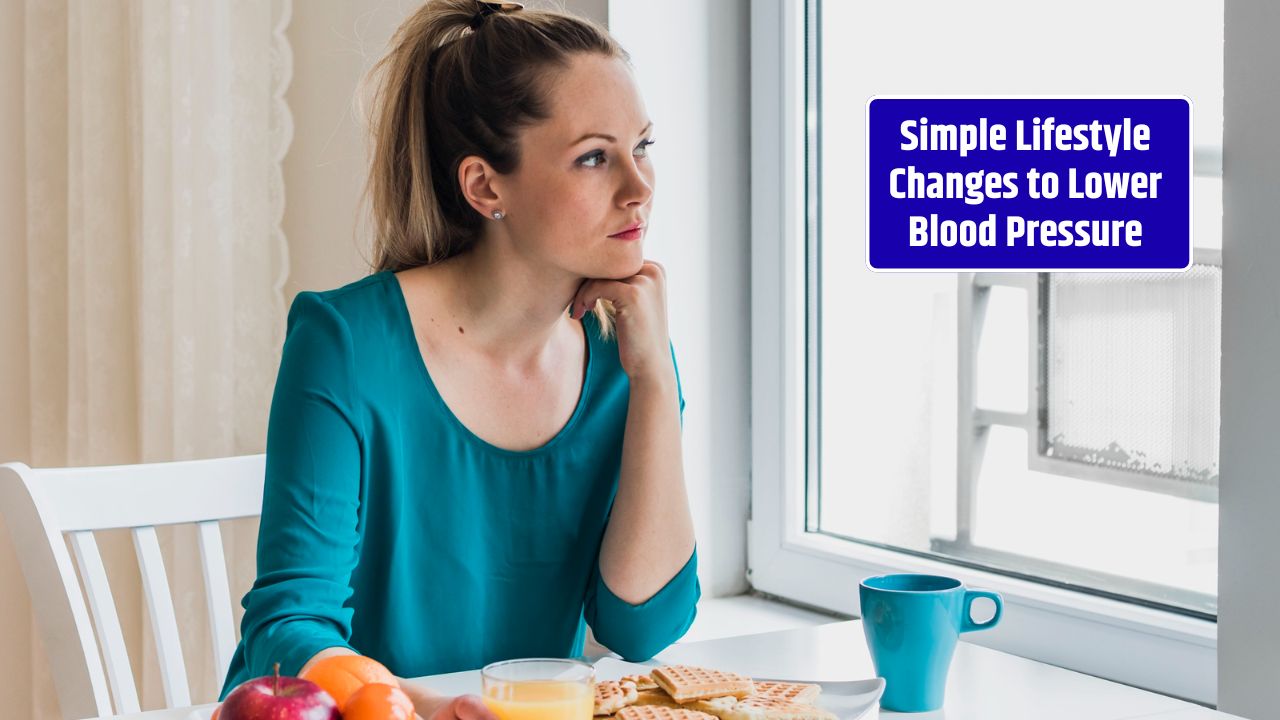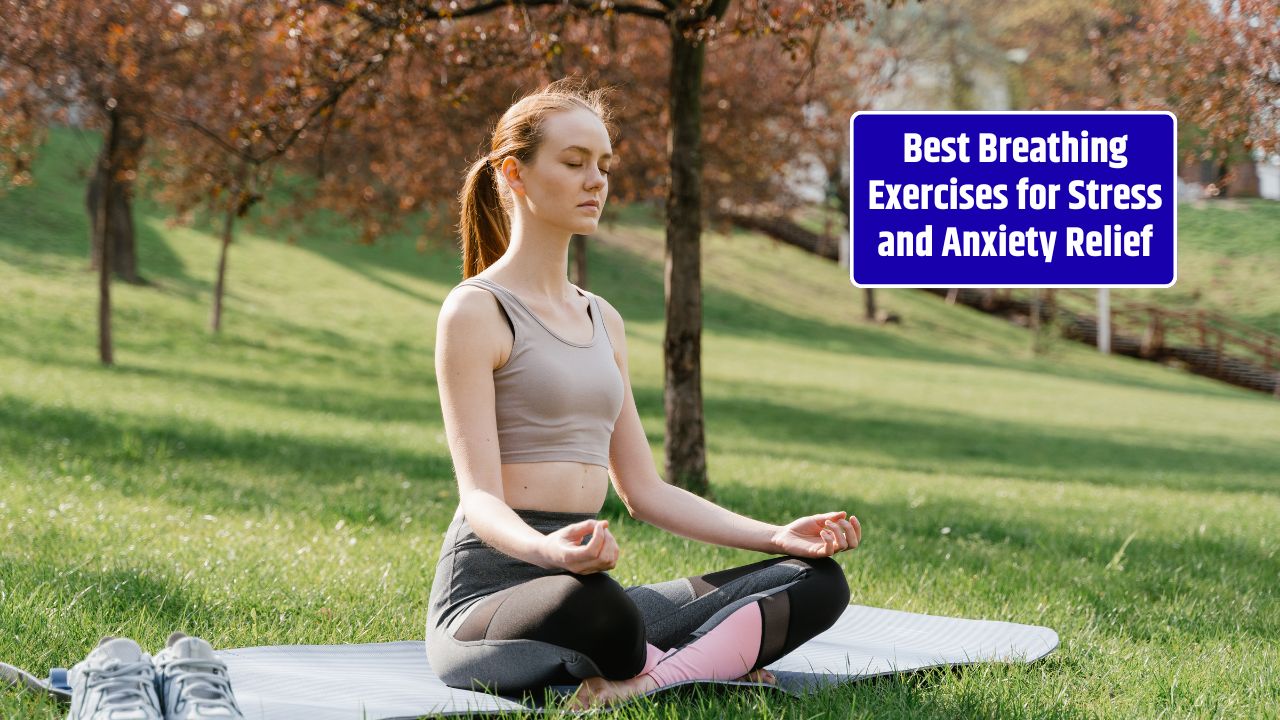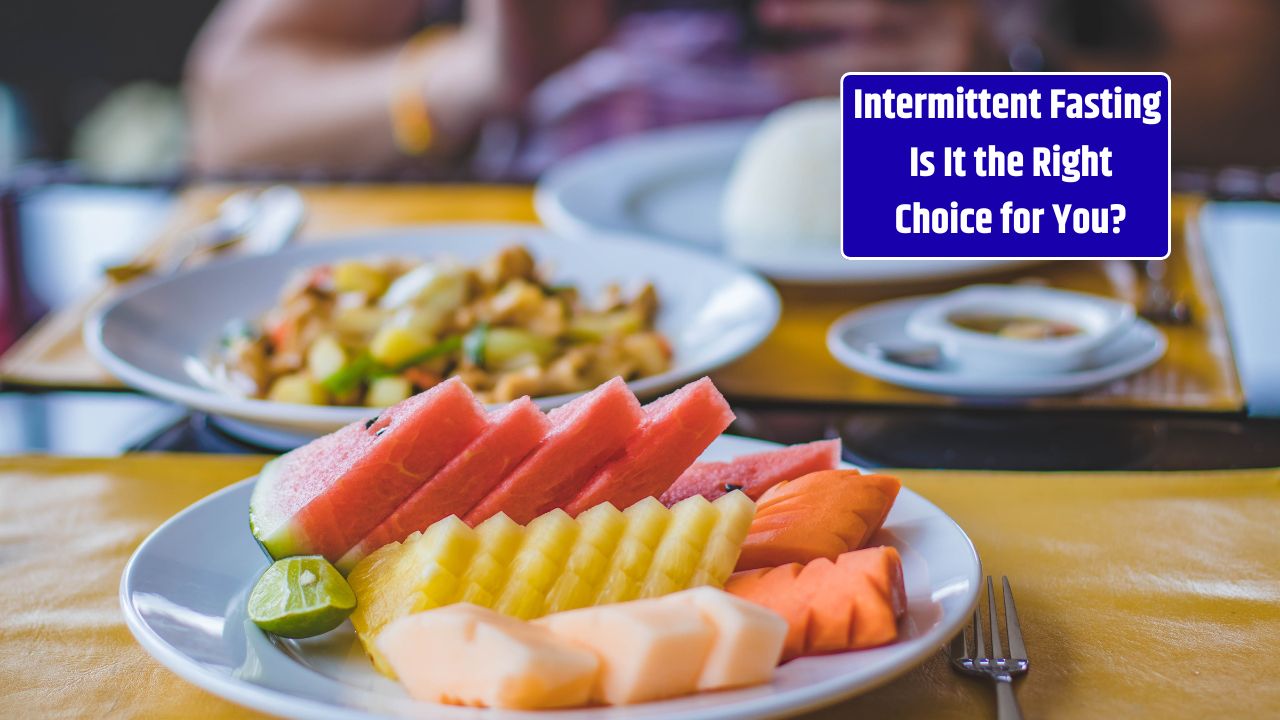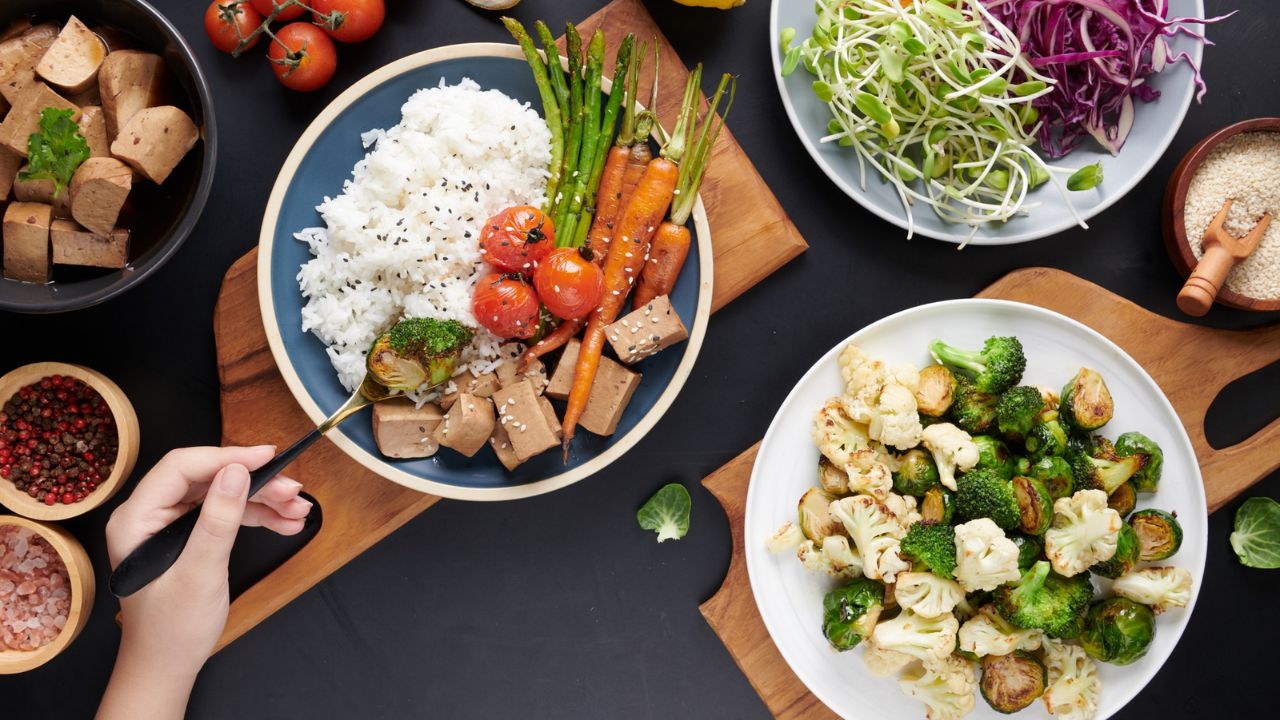High blood pressure doesn’t usually come with sirens or flashing red lights—it creeps up quietly. That’s why doctors call it the “silent killer.” According to the Centers for Disease Control and Prevention, nearly half of U.S. adults have hypertension or are on the verge of it. The good news? For many people, small daily lifestyle changes can lower blood pressure naturally, sometimes without medication. Here are 10 simple, science-backed shifts you can start making right away.
1. Cut Back on Salt
Too much sodium makes your body hold onto water, raising blood pressure. The American Heart Association recommends limiting sodium to 1,500–2,300 mg per day. Swap out processed snacks for fresh foods and season with herbs instead of salt.
2. Eat More Potassium-Rich Foods
Potassium helps balance sodium and relax blood vessel walls. Bananas, avocados, sweet potatoes, spinach, and beans are everyday sources. Aim for a variety across meals.
3. Move Your Body Daily
You don’t need to run marathons. Brisk walking, cycling, or swimming 30 minutes a day can reduce systolic blood pressure by 5–8 mm Hg. Even short activity bursts add up.
4. Maintain a Healthy Weight
Extra weight forces the heart to work harder. Even losing 5–10 pounds can significantly lower blood pressure. Focus on gradual, sustainable changes rather than crash diets.
5. Limit Alcohol
A glass of wine here and there is fine, but heavy drinking spikes blood pressure. Stick to no more than one drink per day for women and two for men, as recommended by the National Institute on Alcohol Abuse and Alcoholism.
6. Manage Stress
Chronic stress keeps your body in “fight-or-flight” mode, tightening blood vessels. Practices like meditation, deep breathing, yoga, or even short nature walks can help reset your nervous system.
7. Quit Smoking
Every puff temporarily raises blood pressure and damages arteries. Quitting has immediate benefits—within a year, your heart risk drops dramatically.
8. Sleep Better
Poor or inconsistent sleep raises the risk of hypertension. Aim for 7–9 hours per night and keep a regular schedule. Limit caffeine late in the day and reduce screen time before bed.
9. Eat More Whole Foods, Less Processed Foods
A diet rich in fruits, vegetables, whole grains, lean protein, and healthy fats naturally supports heart health. The DASH diet (Dietary Approaches to Stop Hypertension), backed by the National Heart, Lung, and Blood Institute, is a proven framework.
10. Stay Hydrated
Dehydration can constrict blood vessels and make the heart pump harder. Drinking water throughout the day keeps circulation smooth and supports healthy pressure levels.
Quick Reference Table
| Lifestyle Change | Impact on Blood Pressure | How to Start Today |
|---|---|---|
| Reduce sodium intake | Lowers water retention | Cook fresh, read food labels |
| Eat more potassium | Balances sodium, relaxes vessels | Add spinach, bananas to meals |
| Exercise regularly | Improves heart health | 30-min brisk walk daily |
| Lose extra weight | Reduces heart strain | Track small calorie swaps |
| Limit alcohol | Prevents spikes | Stick to 1–2 drinks max |
| Manage stress | Relaxes blood vessels | Try deep breathing breaks |
| Quit smoking | Lowers risk immediately | Join a cessation program |
| Improve sleep | Balances hormones | Set consistent bedtime |
| Eat whole foods | Improves nutrition | Follow DASH-style meals |
| Stay hydrated | Supports circulation | Carry a refillable water bottle |
FAQs:
Can lifestyle changes replace blood pressure medication?
Sometimes, yes—especially in mild cases. But always talk to your doctor before stopping any prescribed treatment.
How quickly will I see results?
Some people notice improvements within weeks, especially after reducing salt or starting regular exercise.
Is coffee bad for blood pressure?
Caffeine can cause short-term spikes, but moderate consumption (1–2 cups a day) is usually fine unless you’re sensitive.










